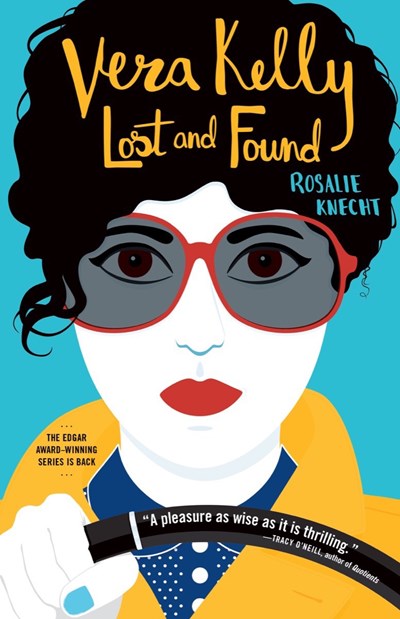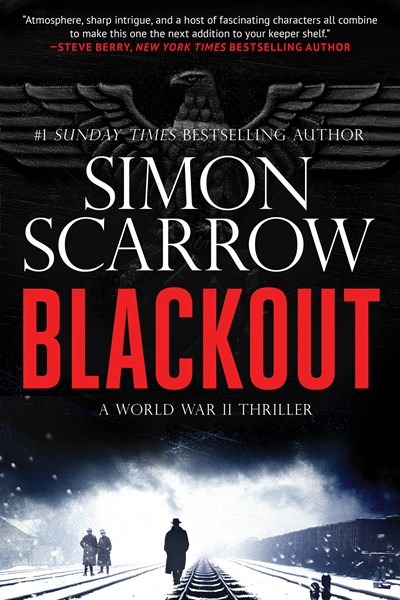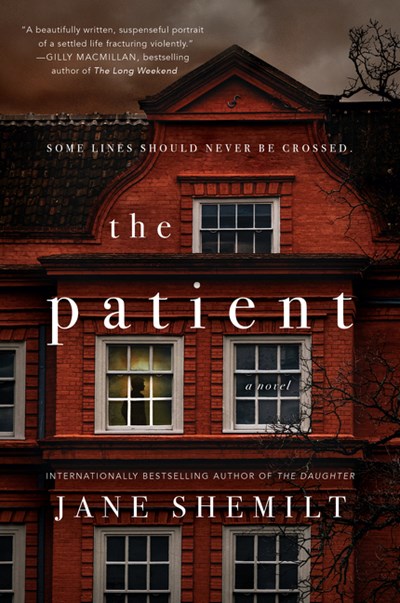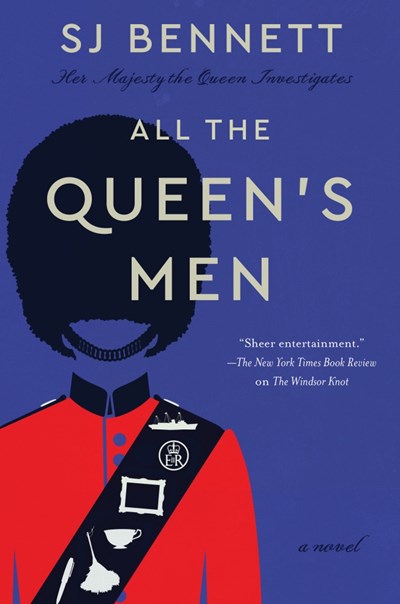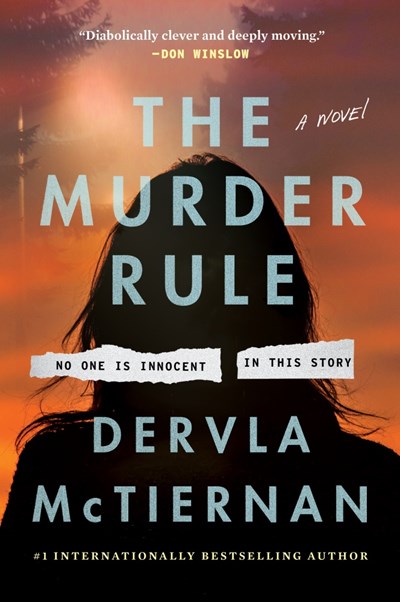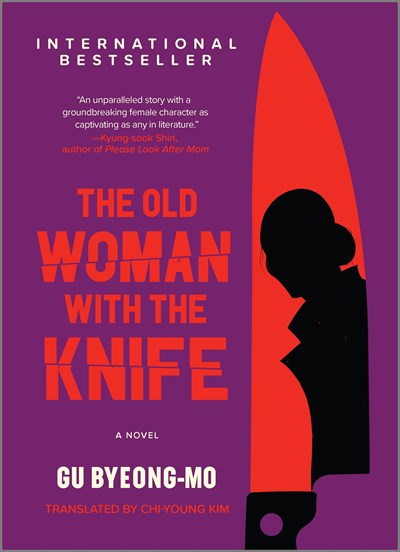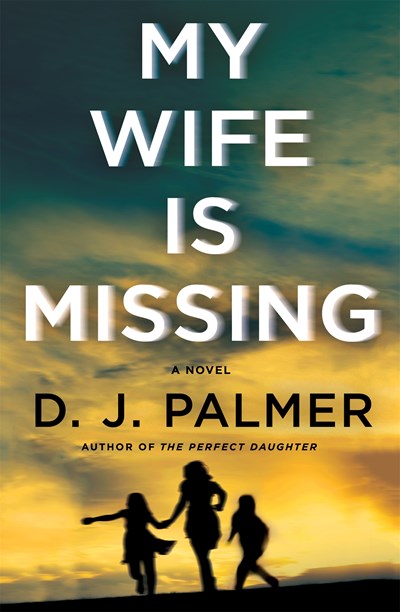A wonderful story—if barely a mystery—this third in the Vera Kelly series has Vera and Max, her girlfriend, heading off to sunny southern California. But the trip is no vacation. Max, who comes from serious wealth, learns that her parents are divorcing. And even though her homophobic dad threw her out of the house—think of the Hearst Castle—when she was twenty-one, Max still feels the need to intercede. Turns out dad is about to marry a much younger woman while allowing a kooky occultist to get his hands on his funds. When Max suggests over dinner that she’ll inform her mother of the financial shenanigans, all hell breaks loose. And when Vera wakes up the next morning, it’s to find Max missing. Finally, Vera gets to put her detective skills to use! Knecht excels in creating character and setting. Her depiction of the lesbian and gay world of 1971—oppressed and discrete, yes, but also a strong community undergoing change—is fascinating, as is how Vera and Max navigate straight society. The resolution is both poignant and hopeful.
Star
It’s 1939 and a vicious serial killer is pursuing his bloody wont in Berlin’s trains. Assigned to these cases, which his superiors in the Kriminalpolizei, or Kripo, think are unrelated accidents, is Inspector Horst Schenke, a former racecar driver who’s embarrassed that injuries related to his old career have kept him from the front. He’s not one to rock the boat but quietly resists the ridiculous bureaucracy, lawlessness, and brutality of “the party,” even as his thuggish superiors hint and then state outright that he won’t get ahead without a Nazi badge. Glamorous dates (or as glamorous as nightly blackouts, rationing, and lack of fuel allow) with his resistance-leaning girlfriend keep the moral quandaries from eating Schenke up too much, but when the killer goes after a Jewish woman, Ruth Frankel, a surviving witness whom the inspector feels compelled to save, the pressure is on. Nazi higher-ups feel the woman can be used as bait and force a bootlicking rule-follower to shadow Schenke’s every move so he’ll comply. At the same time, the killer continues his spree while attempting to cover his tracks, an effort that puts Ruth and her protector in grave danger. The close calls and chases in this novel are truly scary, and the unusual perspective ramps up the intrigue. Fans of serial-killer mysteries who are looking for something a little different are the audience for this one.
We need a V. I. (Vic) Warshawski novel every year or two to remind us of how good crime fiction can be. This title—Paretsky’s 22nd in the series—is one of her very best: taut yet complex, fast-paced yet thoughtful. The novel begins as Vic’s dogs, off the leash and exploring Lake Michigan, discover an injured teenage girl tucked between two boulders, barely alive. Through Vic’s efforts she makes it to the hospital, only to disappear soon afterwards. The search for the girl brings us into a classic Paretsky world of Chicago mobsters and lowlifes, some extending back to Vic’s childhood. Just when you think there are too many characters, too much plot, the story falls beautifully into place. Few crime novels seem more of the moment than Overboard, with its depiction of police brutality and of a city chaotically emerging from the pandemic. Longtime fans will enjoy catching up with Vic’s friends, especially her neighbor, the delightful Mr. Contreras. Powerful.
A richly imagined novel in which the elements of suspense grow organically from the characters’ lives. Fifty-something Rachel, a doctor, has a tidy, if dull, life with her husband of many years, a medical practice she enjoys, and a beautiful home in the cathedral town of Salisbury. Her one regret is adult daughter Lizzie, who is totally over her mother (“Take a break Mum, stop texting me!”). When French painter Luc walks into Rachel’s office—he and his family are new to town and he’s experiencing psychological issues—the attraction is immediate, although left unfulfilled. Meanwhile, Rachel suspects she is being followed, her husband is acting weirdly, and Lizzie is keeping something from her. Eventually she and Luc reunite and—professional ethics be damned!—initiate their affair while in the south of France. Affairs can peter out, some manage to live on in secrecy, while others are exposed, creating scandal. But Rachel and Luc’s relationship razes their world—leading to murder, incarceration, and abandonment. Way to throw away those middle-class inhibitions! Readers will be seduced by Shemilt’s ability to gradually build a story, leading us from the mundane to the miraculous.
When you hear that a mystery features Queen Elizabeth II as the detective, you probably think it is going to be a frothy, frivolous affair. Indeed, S.J. Bennett’s follow-up to The Windsor Knot is at times droll, humorous, and laugh-aloud funny. But it also takes on some tough topics, including racism and sexual harassment among the Household staff, while the Brexit referendum and the rowdy U.S. elections simmer in the background. Here we have two mysteries, the disappearance of one of the Queen’s favorite paintings and the shocking death of an older member of the Household, found near the Buckingham Palace swimming pool. As in the first book, it’s the Queen’s young assistant private secretary, Rozie Oshodi, who digs deep into the criminal activities, while the Queen ultimately fits all the pieces together—allowing three male members of the Household to believe they have everything under control. From the naughty corgis to the delightful appearances by Prince Philip, and from the tacit feminism to the interior musings of the Queen, this book is an absolute delight.
This standalone novel, a break from McTiernan’s Cormac Reilly series, is proof of the extraordinary depth and breadth she possesses as a writer. Hannah, a third year law student at the University of Maine, manages to bulldoze her way into spending a semester at the University of Virginia School of Law’s Innocence Project, a true-to-life initiative that seeks exoneration for wrongfully convicted people in Virginia. She leaves behind her mother—a fragile alcoholic—as she attempts to thwart one of the Project’s high profile cases: the release of Michael Dandridge, who’s serving life imprisonment for rape and murder. Why does Hannah care? The secret lies in her mother’s 1994 diary, passages of which are interspersed throughout the present-day narrative. Hannah’s efforts to sabotage the case—and the shocking facts she unearths in the process—are the stuff of a classic thriller. But the emotional connections forged throughout the book give it added meaning. For a writer who has seemingly never lived in the United States, the locations, diction, and class signifiers are flawless. This novel can appeal to a wide range of readers, from suspense seekers to fans of legal thrillers to those who just want, as the British say, a cracking great read.
This startling work upends every stereotype of old ladies and killers. Known as Hornclaw, our protagonist is only 65 but welcomes the invisibleness of appearing elderly so as to better function as a disease control specialist: a hired killer. Under her baggy, mismatched clothes, Hornclaw has such a fearsome body that a TV producer at the gym asks her to be on a show about unusual people. But she fears being forced into retirement soon, a euphemism for being killed by the other specialists at the disease control agency. As we observe the abusive childhood that led Hornclaw to obsessively love her dog, Deadweight, but blithely kill strangers, we’re led toward a hairpin turn in her personality, when she finally cares for someone but it is part of a deadly trap. The story, which immerses readers into everyday life in Seoul, is made unforgettable by Gu’s language as she draws readers into the chilling, beautiful wanderings of Hornclaw’s mind, which flits from contemplating someone eating a peach (“she watches a perfect small world being smashed inside his mouth”) to considering the home of a newly butchered man (“the hallway to the living room seemed to loll like a dead person’s tongue”). For lovers of literary fiction and book clubs that will try something different.
Ingenious grifter. Con-artist extraordinaire. Feminist Robin Hood. Add to this just plain old brilliant and you have the incredible character of Meg Williams. When her mother gets conned out of the family home by a sleazeball boyfriend—then dies shortly afterwards—18-year-old Meg vows this will never happen to her, and she flips the narrative and figures out how to steal from men. She begins small—seducing a high-school principal—but slowly works her way up the food chain as she deftly separates men, one more despicable than the last, from their money. When enough of their assets are in her accounts, she suddenly disappears, off to another city, another persona, another man. While Meg thinks she’s getting away with it all, one woman, journalist Kat Roberts, is watching her. Kate has her own reasons to expose Meg, and the two of them dance around each other as Meg lays the groundwork for her biggest con yet, worth millions of dollars and putting a political career at risk. With two super-strong characters, a remarkably credible and terrifying depiction of high-level scamming, and a pace that’s relentless, Julie Clark has given fans of the domestic thriller a real treat.
One of the most original books I’ve read in a long while, and one that brings up fascinating questions about the relationship between maps and the places they depict. From the beginning of their studies at the University of Wisconsin, the friends who call themselves the Cartographers live to make maps come alive. After grad school, they begin work on The Dreamer’s Atlas, which will feature “fantastical recreations of real places, and…realistic ones of imaginary places”—for example, the magic-tinged maps from Lord of the Rings will be made to look real and actual places will be given the fantasy treatment. The work is soon abandoned and the friends’ lives take a very wrong turn when they become obsessed with something outside the atlas. Move forward twenty-something years and Nell, daughter of two of the Cartographers, is struggling in a job she hates after being fired years before from the map division at New York Public Library by her father, a legendary archivist there. She and her father haven’t been in touch in all those years, but she’s forced back to the library when he’s found dead at his desk, starting a series of very odd happenings that Nell must get to the bottom of if she doesn’t want to be murdered next. The library crimes here, while shocking, take a welcome back seat to the Cartographers gripping adventure, as Shepherd (The Book of M) lays bare how reality and wishes, passion and pain can coexist and become explosive. For fans of Zakiya Dalila Harris’ The Other Black Girl, which also swerves into unexpected waters.
On a family trip to New York City, Michael Hart returns to their hotel from a pizza run only to find his wife and children gone, with only a left-behind teddy bear showing they were ever there. Readers will viscerally feel Michael’s panic and incredulity as he frantically searches the hotel and realizes they are …nowhere. Soon we switch to his wife, Natalie’s, point of view. She and Michael see these events very differently, but readers can’t be sure whether her story is accurate or a product of the terrible insomnia she’s endured for months. What if Natalie’s narrative is all a delusion? What if Michael’s is all a lie? Maybe they’re both lying, or maybe neither is and someone else is behind the terrible events that unfold in the present—a coworker of Natalie’s is murdered—and are revealed as part of one partner’s past. Palmer deftly combines perhaps-unreliable narratives with twists and a heart-tugging chase with children in tow; the explosive ending is both unexpected and satisfying. The author is the son of the late medical-thriller author Michael Palmer, and their work has the same just-one-more-chapter-even-though-it’s-2 am quality. This is a great read for any thriller fan, but is especially recommended to those who enjoyed Alice LaPlante’s Turn of Mind, in which a murder may have been committed by a woman with Alzheimer’s disease.

